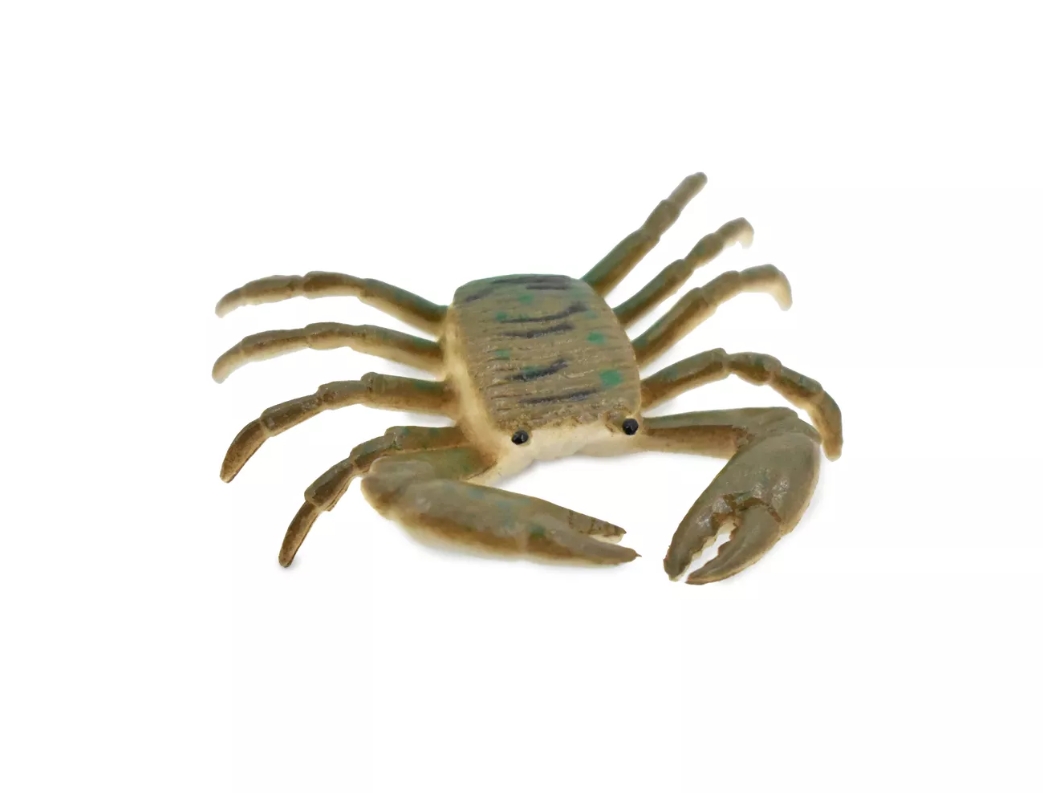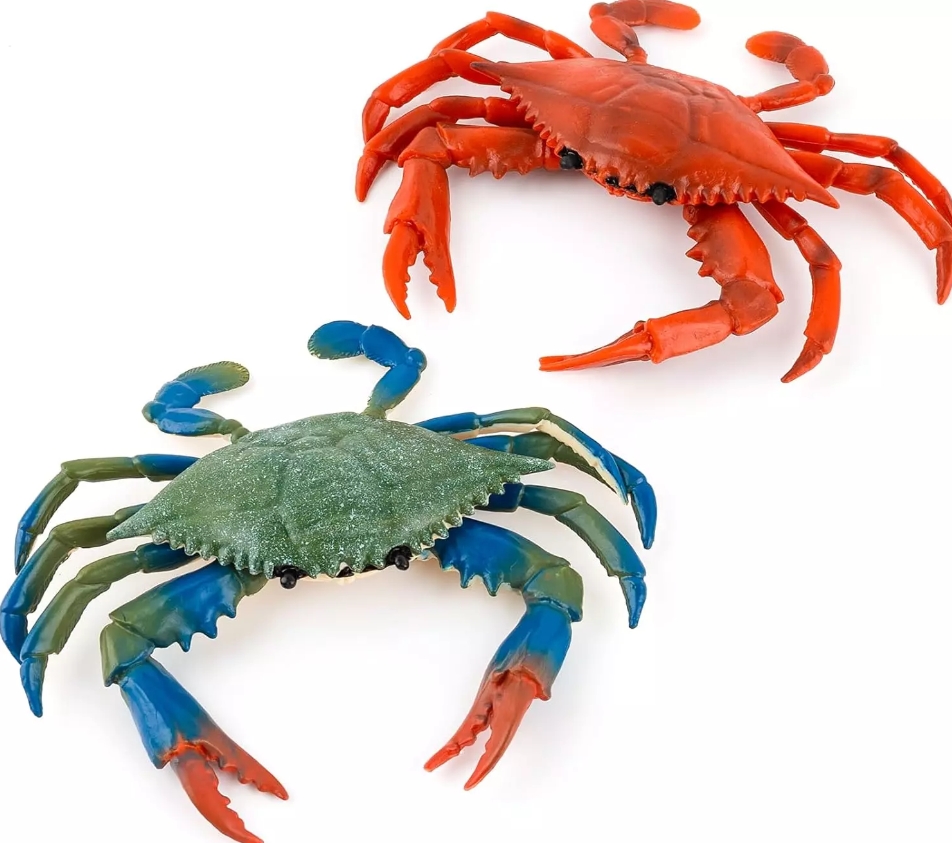Crab model is a kind of mathematical model widely used in theory and application research, which has attracted the attention of many scholars because of its unique shape and characteristics. Crabs are known in nature for their unique bilateral symmetry and strong adaptability, which make them an important object of biosimulation and algorithm research.
In ecology and biology, crab models are used to simulate the effects of different environmental factors on crab populations. By studying the reproductive, foraging, and roosting behaviors of crabs, important information about ecosystem stability can be obtained. Crabs play an important role in the ecosystem, as part of the food chain, and their numbers and distribution directly affect the survival of other species.
In addition, the crab model also has important applications in computer science. By simulating the behavior of crabs, researchers have developed some new algorithms, especially for path planning and optimization problems. The crab's flexible motion provided inspiration for algorithm design, driving the development of modern search algorithms. For example, the way crabs move across the seafloor can be used to optimize network topology and thus improve the efficiency of data transmission.
In the field of engineering, the crab model is also of reference significance. The robustness and flexibility of its structure provide new ideas for mechanical design. In robotics,robots that mimic the movements of crabs are designed to deal with a variety of complex terrains and environments. This biologically inspired design concept not only improves the adaptability of robots,but also opens up new directions for the development of engineering technology.
In general,the crab model not only provides a theoretical basis for the study of ecology and biology, but also plays an important role in computer science and engineering technology.




